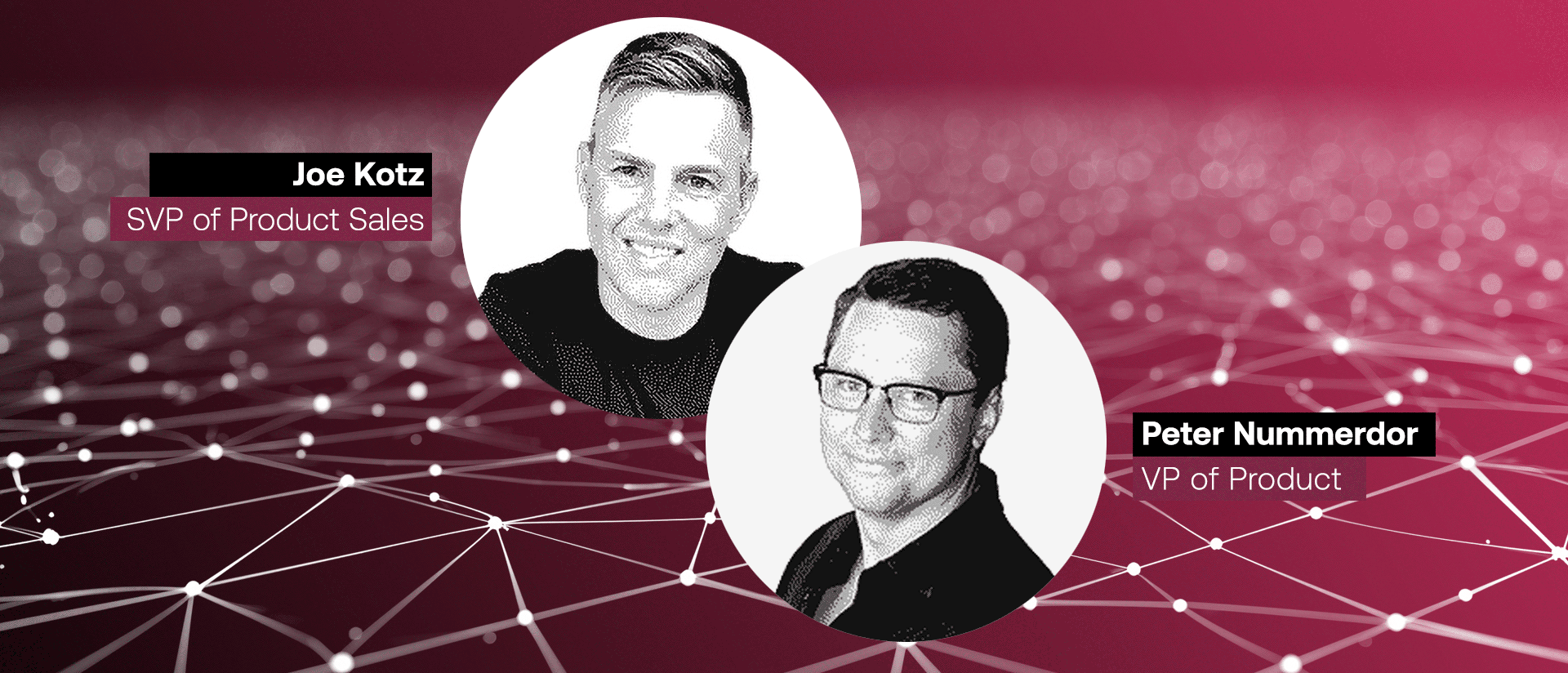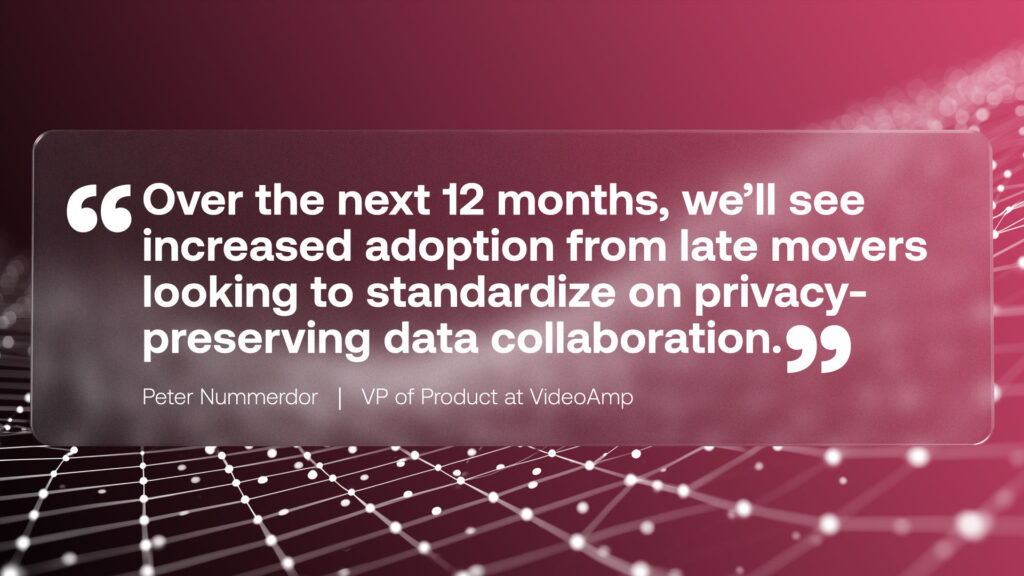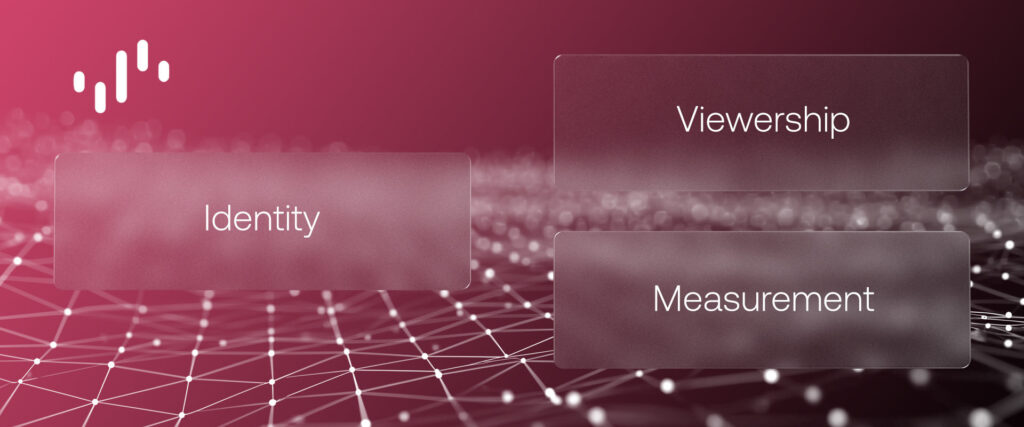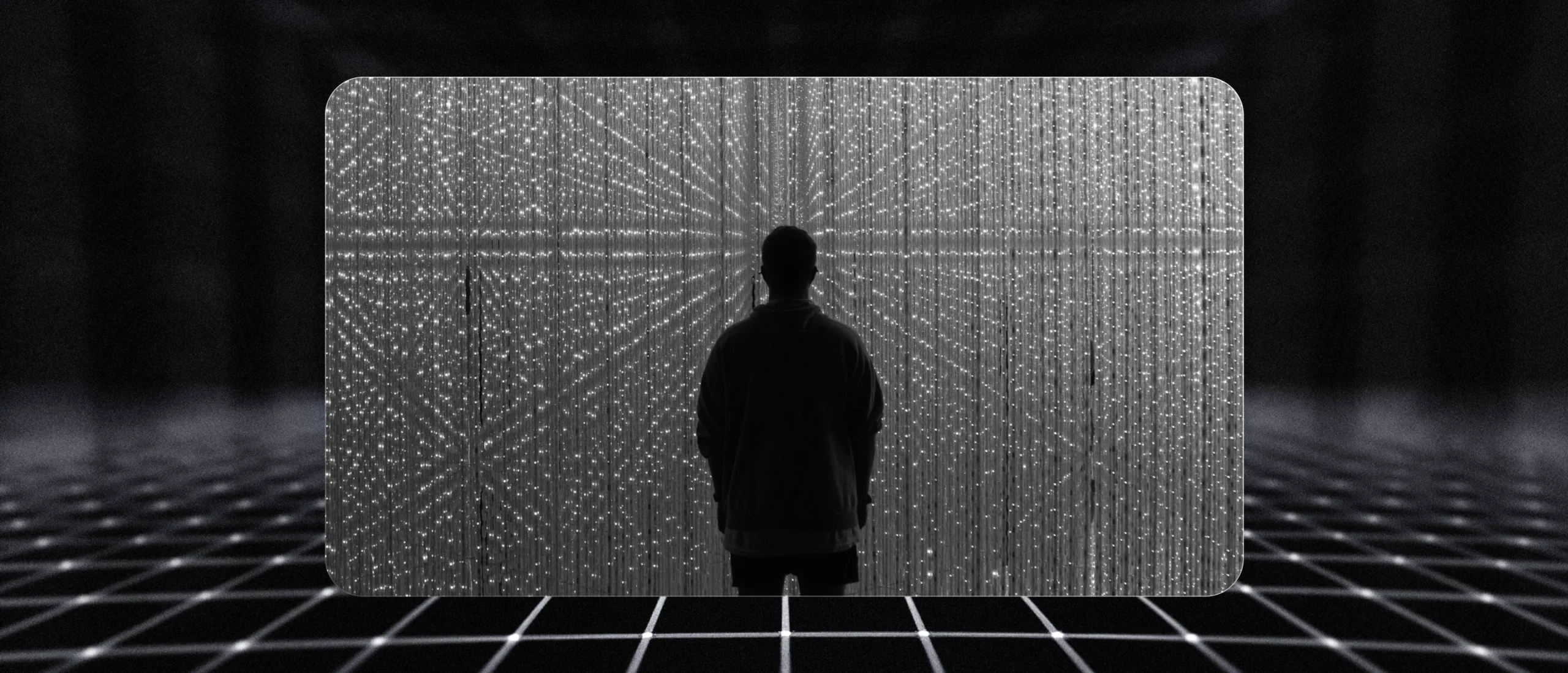Data Clean Rooms vs. Traditional Analytics Platforms: A Strategic Framework for 2025 With Peter Nummerdor and Joe Kotz

A turning point in analytics infrastructure
As third-party cookies fade and privacy regulations grow more complex, the way advertisers manage and analyze data is fundamentally changing. Traditional analytics platforms—while foundational—were not designed for the privacy-first, multi-platform reality of today’s media landscape. Enter the data clean room: a secure, collaborative solution that’s shifting from industry buzzword to mission-critical infrastructure.
“Clean rooms have moved from a topic the industry pontificated about on panels, to a proven and widely adopted technology,” said Peter Nummerdor, VP of Product at VideoAmp. “Over the next 12 months, we’ll see increased adoption from late movers looking to standardize on privacy-preserving data collaboration.”

What are data clean rooms—and why now?
Data clean rooms allow multiple parties to analyze combined datasets—without exposing personally identifiable information (PII). In a world that demands transparency and user consent, clean rooms provide a privacy-compliant way to unlock shared insights, optimize campaigns and strengthen partnerships.
“Clean rooms are now the go-to solution for privacy-focused data collaboration and analysis. This shift is driven by stricter privacy regulations, the phase-out of third-party cookies and the need for better control over first-party data,” said longtime VideoAmp leader Joe Kotz.
The rise of clean rooms isn’t about replacing traditional analytics—it’s about expanding their capabilities to support secure planning, cross-party measurement and activation.
Traditional analytics platforms: Still essential, but limited
Traditional analytics platforms—like CDPs, dashboards and marketing attribution tools—are indispensable for internal performance monitoring and segmentation. But they weren’t built to navigate the complex data-sharing and measurement requirements of today’s media landscape.
Clean rooms offer a new layer of functionality:
- Secure collaboration: Enables analysis across datasets without data leakage
- Identity protection: Enables use of authenticated user sessions instead of relying on transient signals like IP addresses or device IDs, while ensuring user data remains within the publisher’s environment.
- Advanced analytics: Supports AI/ML-driven insights across sources
- Cross-screen measurement: A growing challenge for legacy tools
The takeaway? Brands need both. “Your clean room is only as good as the implementation and knowledge base surrounding big data and identity,” as Nummerdor puts it.
Strategic comparison: Clean rooms vs. traditional analytics
| Feature | Traditional Analytics | Data Clean Rooms |
| Data Control | Owned data only | Privacy-safe collaboration |
| Cross-Platform Measurement | Limited | Designed for it—but not always easy |
| Privacy Compliance | Varies | Built for compliance |
| Use Cases | Segmentation, performance tracking | Media measurement and planning, joint insights |
| Scalability | Dependent on stack | Increasing with partner integrations |
How to get roadmap planning right
Kotz recommends a simple first step: “Get started. Define the use cases you want to enable with a clean room. Ask yourself: Where can’t I deploy my first-party data today due to privacy or legal restrictions? What partners have valuable data I can’t access yet? And can I quantify the value of bridging those gaps?”
Here’s a step-by-step approach to building a future-proof strategy:
- Identify high-impact use cases. From cross-media audience planning and outcome measurement to advanced segmentation, clean rooms enable analytics that were previously impossible or too risky.
- Look for interoperability. “VideoAmp has both identity and measurement clean rooms, as well as integrations into third-party platforms,” said Kotz. “You may find opportunities to start testing clean room tech without building your own.” These capabilities are part of a broader strategy that includes planning workflows—especially through the VideoAmp Cross-Screen Planner (VXP)—to help brands unify their audience, measurement and planning efforts.
- Address fragmentation head-on. As clean rooms proliferate, fragmentation becomes a new challenge. “We’re seeing a deepening of not just logical silos, but infrastructural ones,” said Nummerdor. “VideoAmp anticipated this trend and has abstracted its services to adapt across providers.”
- Push for cross-platform measurement. As clean rooms expand, fragmentation poses a real challenge. Advertisers need visibility across all inventory sources, yet technical and policy constraints still limit measurement. “Advertisers need to see their buys across all inventory sources. But technical and permissibility barriers still block measurement across clean rooms,” said Nummerdor. To keep measurement open and effective, industry leaders must advocate for greater transparency and collaboration across platforms.”
VideoAmp’s approach: Built for what’s next
At VideoAmp, clean room technology is deeply integrated across our identity, viewership and measurement capabilities. We’ve designed our clean room architecture to be modular, scalable and interoperable—so brands can unify fragmented data without compromising security or speed.

From pioneering brand-direct contracts to securing $3 billion in currency transactions, VideoAmp’s infrastructure is already powering some of the industry’s most advanced data strategies. As Kotz noted, “The combination of data and measurement clean rooms, plus secure data sharing, is going to unlock a wealth of opportunities for brands to better understand the full funnel of their advertising.”
What’s ahead: The convergence of privacy & performance
Looking forward, both Kotz and Nummerdor see clean rooms playing an even more foundational role in analytics.
“Clean rooms will increasingly support AI and machine learning applications,” said Kotz. “But it will be critical to get the underlying data right before letting large language models loose on it.” Meanwhile, Nummerdor adds, “We’re not just building clean rooms—we’re shaping the standards and infrastructure for how measurement will work in a fragmented, privacy-first ecosystem.”
Brands that embrace this shift early—and invest in smart, scalable solutions—will be better equipped to drive results in 2025 and beyond.
